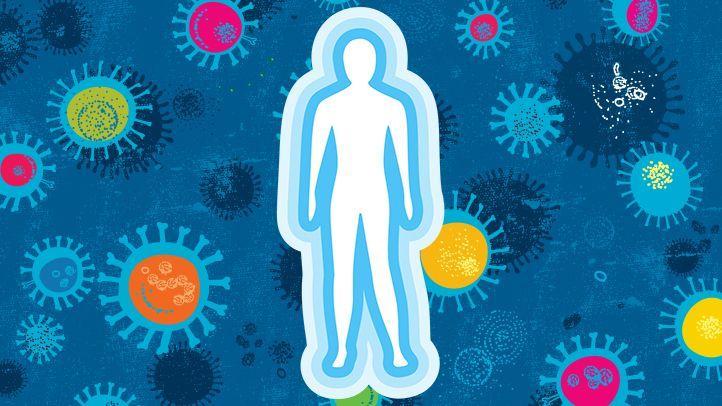How does your immune system work?
Before we go into how your immune system works, we want to remind you that every day you get to choose to amplify and support a robust immune system within! Especially in these wild, destabilizing times!
Top ways to achieve this:
Clean organic food, healthy thoughts, exercise, hydration, electro-hygiene from all your technology, 7-9 hours of sleep each night, time with friends and family and a mindfulness practice. Supplementing with Vitamin A, C, D, Zinc, Magnesium, Glutathione are the ones we recommend most often during these times.
Top practices at Santa Fe Soul to boost and support your immune system:
Acupuncture, IV & Ozone therapies, Nutrition and Blood Chemistry evaluation, Food Allergy Testing, Exercise with Oxygen, Photon Genius, Tesla lights, PEMF and high quality supplementation; personalized for your specific needs.
______________________________________________________________________
The immune system has a vital role: It protects your body from harmful substances, germs and cell changes that could make you ill. It is made up of various organs, cells and proteins.
As long as your immune system is running smoothly, you don’t notice that it’s there. But if it stops working properly – because it’s weak or can't fight particularly aggressive germs – you get ill. Germs that your body has never encountered before are also likely to make you ill. Some germs will only make you ill the first time you come into contact with them. These include childhood diseases like chickenpox.
The tasks of the immune system
Without an immune system, we would have no way to fight harmful things that enter our body from the outside or harmful changes that occur inside our body. The main tasks of the body’s immune system are
- to fight disease-causing germs (pathogens) like bacteria, viruses (yes the Corona series) , parasites or fungi, and to remove them from the body,
- to recognize and neutralize harmful substances from the environment, and
- to fight disease-causing changes in the body, such as cancer cells.
How is the immune system activated?
The immune system can be activated by a lot of different things that the body doesn’t recognize as its own. These are called antigens. Examples of antigens include the proteins on the surfaces of bacteria, fungi and viruses. When these antigens attach to special receptors on the immune cells (immune system cells), a whole series of processes are triggered in the body. Once the body has come into contact with a disease-causing germ for the first time, it usually stores information about the germ and how to fight it. Then, if it comes into contact with the germ again, it recognizes the germ straight away and can start fighting it faster.
The body’s own cells have proteins on their surface, too. But those proteins don’t usually trigger the immune system to fight the cells. Sometimes the immune system mistakenly thinks that the body's own cells are foreign cells. It then attacks healthy, harmless cells in the body. This is known as an autoimmune response.
Innate and adaptive immune system
There are two subsystems within the immune system, known as the innate (non-specific) immune system and the adaptive (specific) immune system. Both of these subsystems are closely linked and work together whenever a germ or harmful substance triggers an immune response.
The innate immune system provides a general defense against harmful germs and substances, so it’s also called the non-specific immune system. It mostly fights using immune cells such as natural killer cells and phagocytes (“eating cells”). The main job of the innate immune system is to fight harmful substances and germs that enter the body, for instance through the skin or digestive system.
The adaptive (specific) immune system makes antibodies and uses them to specifically fight certain germs that the body has previously come into contact with. This is also known as an “acquired” (learned) or specific immune response.
Because the adaptive immune system is constantly learning and adapting, the body can also fight bacteria or viruses that change over time.














